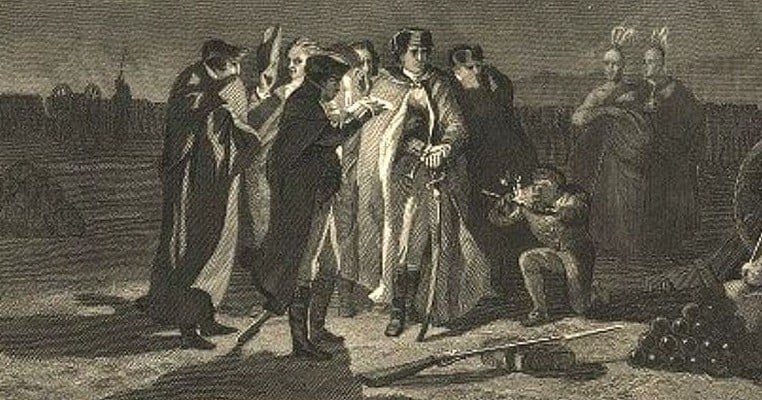There are well over 400 national parks, monuments, and historical sites administered by the National Park Service across the United States, some of them well-known and others all but forgotten except by the locals. In addition, there are more than 10,000 state parks, many of them of historical significance, and countless urban parks and historic sites. America has enshrined its history along with the means for recreation. Some of the national parks and historical sites are world famous, such as the Statue of Liberty, built to welcome new arrivals in New York. Others, such as Mount Rushmore, combine natural features with artistry to display American history. Some, including the aforementioned statue, are gifts from foreign governments, such as the statue of Portuguese explorer Juan Rodriguez Cabrillo which overlooks San Diego, a gift of the Portuguese government.

There are monuments to industrialists, such as the Pullman historic district on the South Side of Chicago, where one of the most significant organized labor events in American history occurred. Many sites are battlefields, where Americans fought other Americans, the British, the French, and American and Canadian Indian tribes. There are hotels, inns, islands, and prisons honored as historic sites. Some are vast, which cannot be fully explored for weeks and even years, and others are simple road markers designating a site for its historic significance.
Here are some of the less well known national historical sites and why they are so designated across the United States.

1. The Allegheny Portage Railroad in western Pennsylvania
In its heyday during the middle of the nineteenth century, the Allegheny Portage railroad was considered an engineering marvel, built to haul canal passengers, cargoes, and eventually the canal barges themselves over the Allegheny Mountains between disconnected branches of the Pennsylvania canal. Innovations developed in support of the portage included wire rope, engineered by John Roebling and later used to build suspension bridges over the Ohio River and eventually to connect Brooklyn with Manhattan. Both stationary steam engines and animal power were used to haul the loads up and down the slopes which separated the canals, and the first railroad tunnel in the United States – Staple Bend Tunnel – was a part of the system. Following his first American tour Charles Dickens wrote memorably of the system and the boats which were part of the journey in his American Notes.
Before the canal and connecting railroads was in existence a journey from Philadelphia to Pittsburgh was measured in weeks for a typical traveler. Its completion lessened the time to travel between Pennsylvania’s primary cities to four days. Nonetheless the technology which made the portage successful – the steam engine – was also its nemesis, once railroads connected the cities the time to travel between them was less than a day, and the canal gradually fell into disuse, as did canals across the United States. The National Park Service maintains part of the site as a National Historic Site and includes the Lemon House Tavern, which was a popular watering hole among the travelers and workers at the portage.

